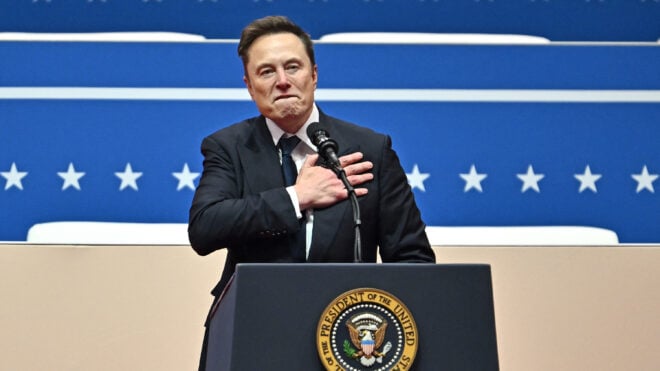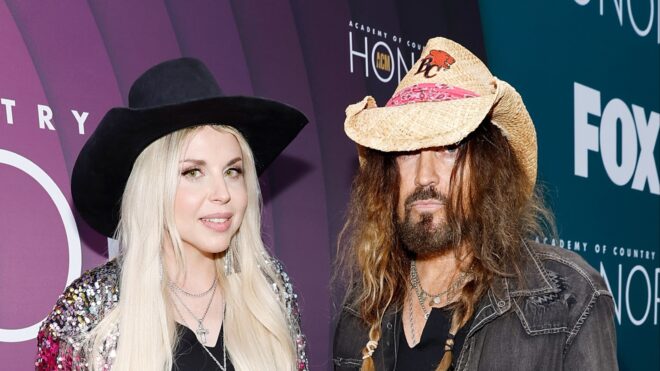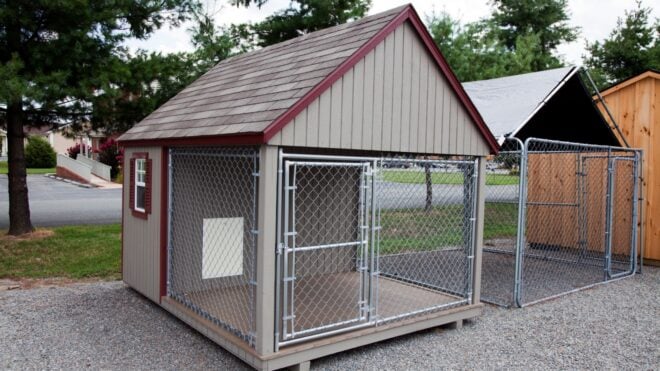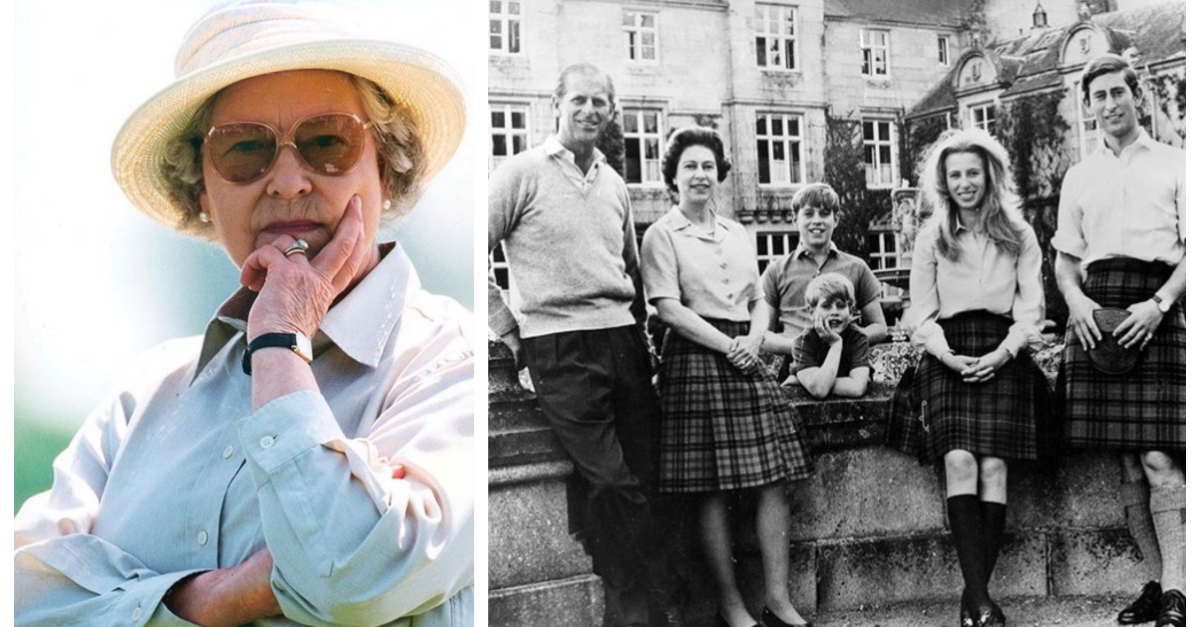
Every royal follower knows that Queen Elizabeth had four children: Prince Charles, Princess Anne, Prince Andrew, and Prince Edward. What everyone might not know is that Queen Elizabeth's birth stories are pretty fascinating. It turns out the beloved monarch gave birth to each of her children at home.
Elizabeth was also the first monarch to give birth without the home secretary, the senior member of Parliament, present at the birth — a preference that is perfectly understandable. And while Prince Philip wasn't present at the first three of her births, he did join Elizabeth for the birth of their fourth child, Edward, which was another first.
Each of the royal birth stories are unique, and you might be surprised to learn that the Queen gave birth to her first child, Charles, via Cesarean section. Fans of The Crown will recall that the show depicted the birth of Prince Andrew as being performed under "twilight sleep."
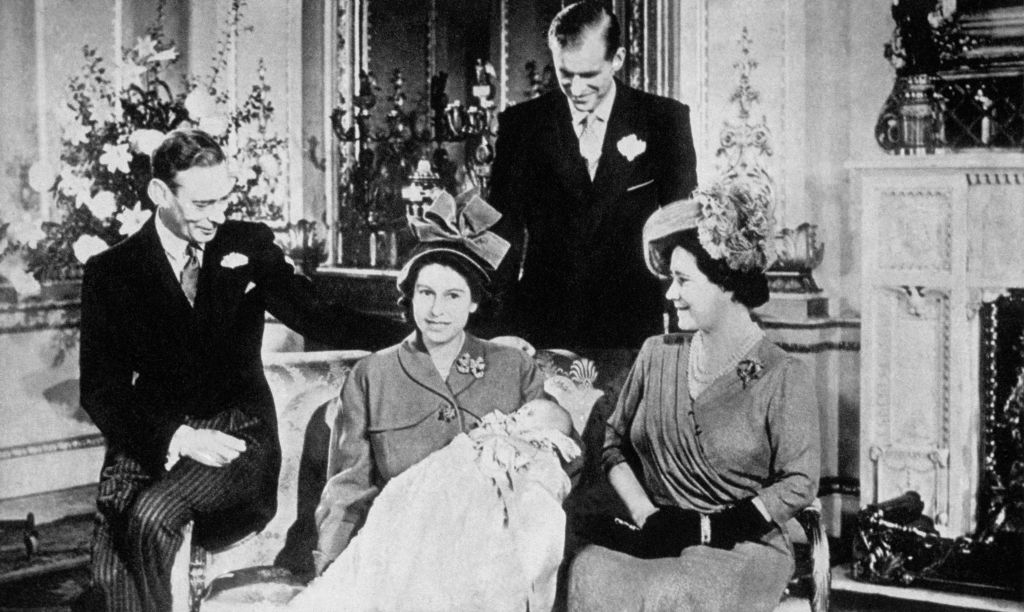
Prince Charles was born on November 14, 1948, in Buckingham Palace's Buhl Room. The room is ordinarily used as a guest room, but it was converted to a "mini-hospital room" for the Queen's first delivery. Queen Elizabeth was only 22 when she gave birth to Princes Charles, and she was in labor for 30 hours.
As was tradition, Prince Philip was not present in room when Prince Charles was born. Instead, he is believed to have passed the time by playing squash with his secretary. The Daily Mail wrote that upon learning his first son had been born, "Philip bounded upstairs into the Buhl Room, which had been converted into an operating theatre. He then held his firstborn, still wearing his sporting flannels and open-neck shirt."
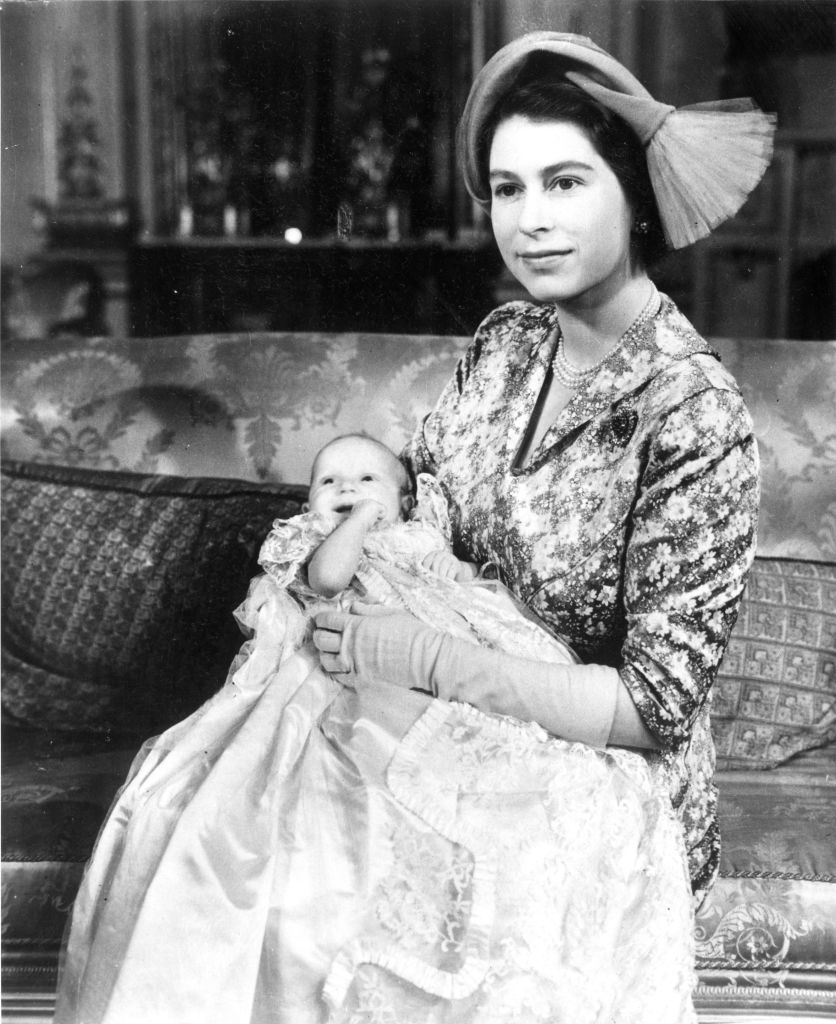
Princess Anne was born on August 15, 1950, at 11:50 a.m. Buckingham Palace was undergoing renovations at the time, so Anne was born at Clarence House (where Prince Charles and Camilla live today). As is customary, the news of Anne's birth was posted both on the gates of Clarence House and outside the Home Office in Whitehall.
The BBC reported that Prince Philip was quite pleased with the news of Anne's birth: "The Duke of Edinburgh toasted the new princess' health in champagne with his staff. He then telephoned Balmoral Castle where the King was shooting on the moors. A special messenger was despatched to find him and give him the good news."
More from LittleThings: Every Dark Secret The Royal Family Wants Us All To Completely Forget
Prince Andrew was born on February 19, 1960, at 3:30 p.m. The Queen waited a full 10 years before delivering her third child, which makes sense — sh was a busy woman! Like Charles, Prince Andrew was born at Buckingham Palace, but this time the Queen delivered her child in the Belgian Suite.
Queen Elizabeth was put into "twilight sleep" to aid in the delivery of her third child. The medication used allowed the mother to enter a semiconscious state during labor and delivery and to wake up with absolutely no memory of the experience. However, the medication could also cause negative side effects for both the baby and the mother, and the practice has since been discontinued.
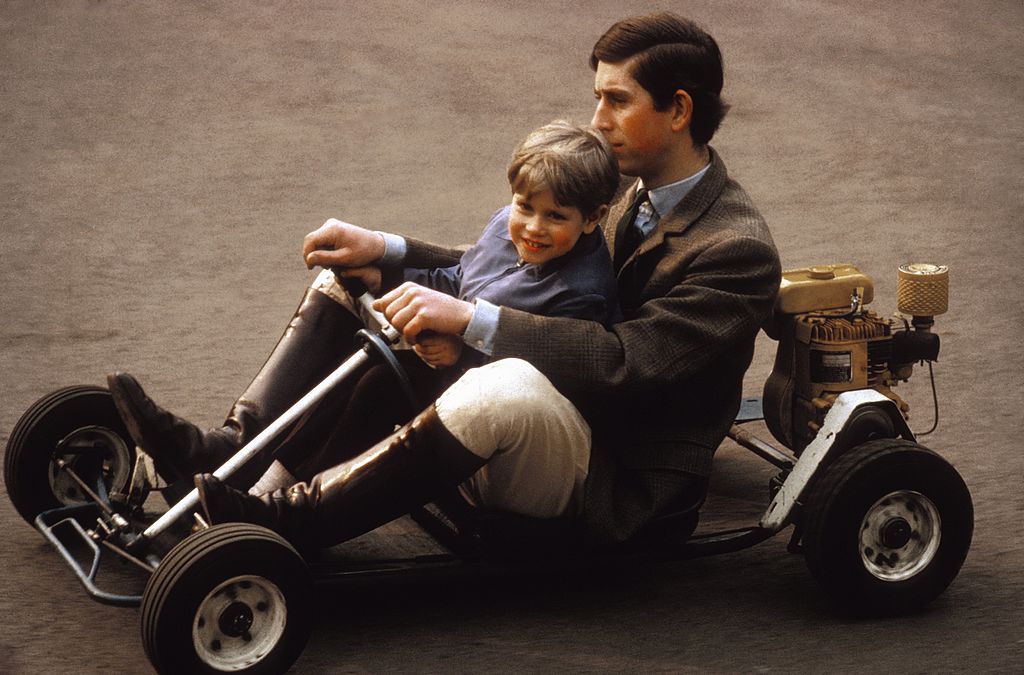
The Queen's fourth child, Prince Edward, was born on March 10, 1964, at 8:20 p.m. Prince Philip was in the room when Edward was born, which was a first for the royal family. In My Husband and I: The Inside Story of 70 Years of Royal Marriage, author Ingrid Seward shared one sweet tidbit from the evening of Edward's birth: "The Duke of Edinburgh was actually holding his wife's hand as their youngest was born."
Ingrid also wrote a little more about the event: "The Queen, by then aged 37, had asked him to be there; she'd been keenly reading women's magazines that stressed the importance of involving fathers in childbirth and had become fascinated by the idea. Thus Philip became the first royal father in modern history to witness the arrival of one of his children. … Compassion comes from the Queen. And the duty and discipline comes from him, Philip."
The New York Times also covered the birth of Edward: "The baby was placed in the cream-coloured iron cradle originally made for his mother. Later he will be transferred to the Moses Basket, which was the property of the late Queen Mary, the present Queen's grandmother."
Much has been said and written about the relationship that Queen Elizabeth had (and didn't have) have with each of her children, but we don't often get too many details about what their births were like. The Queen was clearly interested in learning more about childbirth throughout her young life, and she clearly put into practice a lot of what she read.

